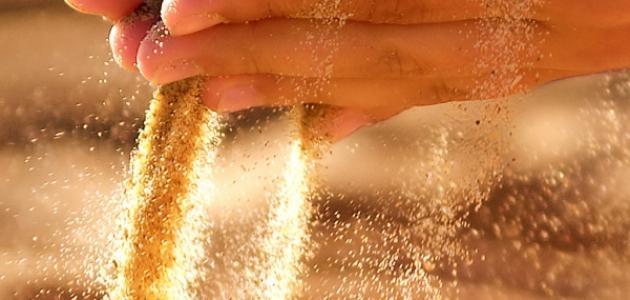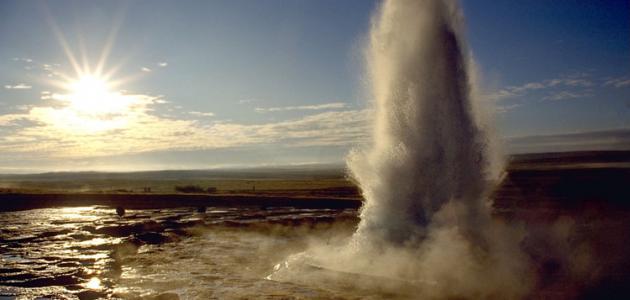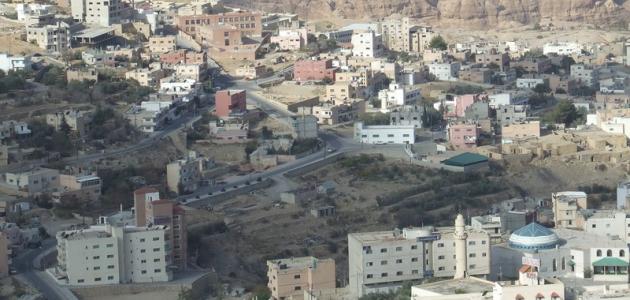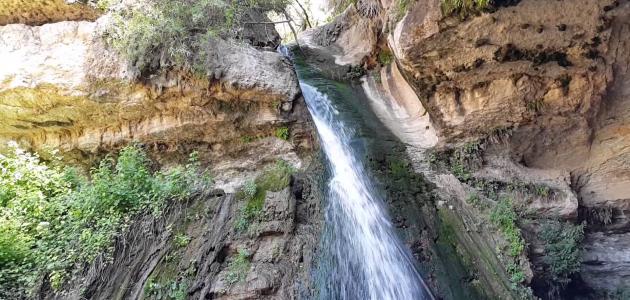الآثار
Antiquities are defined as the things and monuments found in ancient civilizations and ages, such as Greece, Rome, and ancient Egypt, where many monuments were built during these ages that later became important to all peoples, and it must be noted that each town has its monuments that differ according to time Its discovery, its origin, and its history, which made it a reason to attract tourists to the country to learn about its culture, bearing in mind that some of these antiquities were known from a long time ago, while others are still buried in the ground, which prompts archaeologists to search for them and try to find them. extracted from the ground.
How to extract traces
Locate and scan the area
The stage of determining the location is the first step in extracting antiquities from the ground, bearing in mind that the location is determined by ancient historical records. As for surveying the area, scientists rely on a scientific method to find archaeological sites, by taking aerial photos that show the differences in plant growth, because of this. A role in indicating the existence of antiquities, as tall plants grow in deep lands, which indicates the presence of irrigation channels or old graves, while short plants grow in flat lands, which indicates the presence of ancient areas or roads buried under them, so scientists resort to discovering mineral materials By using metal detectors.
Read also:Information about the Amazon forestSite survey
At this stage, scientists collect all the archaeological evidence and detailed information on the surface of the site, then a simplified and comprehensive map of the site is drawn, after measuring the dimensions of the site, then the survey process is completed. It must be noted that this process is carried out through two methods, namely:
- Electroscan method: It is a method that takes place by passing an electric current in the ground, and then observing the change in the resistance of the electric current, bearing in mind that the resistance changes with the change of the medium through which it passes.
- Seismic survey method: It is a method that generates seismic waves, and then monitors the speed of their transmission, as this speed varies in the event that it moves from one medium to another.
actual excavation at the site
At this stage, care should be taken, especially when searching for things buried underground, and it must be noted that the method of excavation differs according to the type of site. This tools is divided into heavy machinery, tractors, small excavators, and brushes, and then the soil is analyzed in order to discover small materials and seeds, or to discover the chemical changes that occurred within the soil.
documentation
This is the last stage in the extraction process, where scientists and explorers provide a detailed description and explanation about the antiquities extracted from the ground, by clarifying their formation, then dividing them into groups by relying on the type, then transferring them to the laboratory in order to clean them, and document the information collected about them.
Read also:How do volcanoes occur?Methods of preserving artifacts
- Issuing strict laws to preserve it.
- Combating the problem of antiquities trade, eliminating markets designated for this, and putting an end to thefts.
- Maintaining artifacts on a permanent basis, and protecting them from external factors that affect their quality and increase the possibility of their damage.
- Guiding citizens and educating them in order to preserve the property and heritage of their country.









